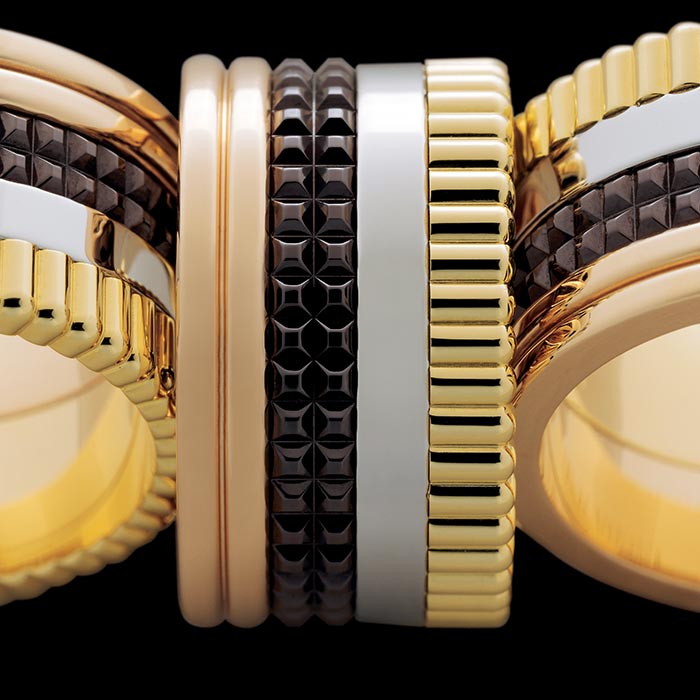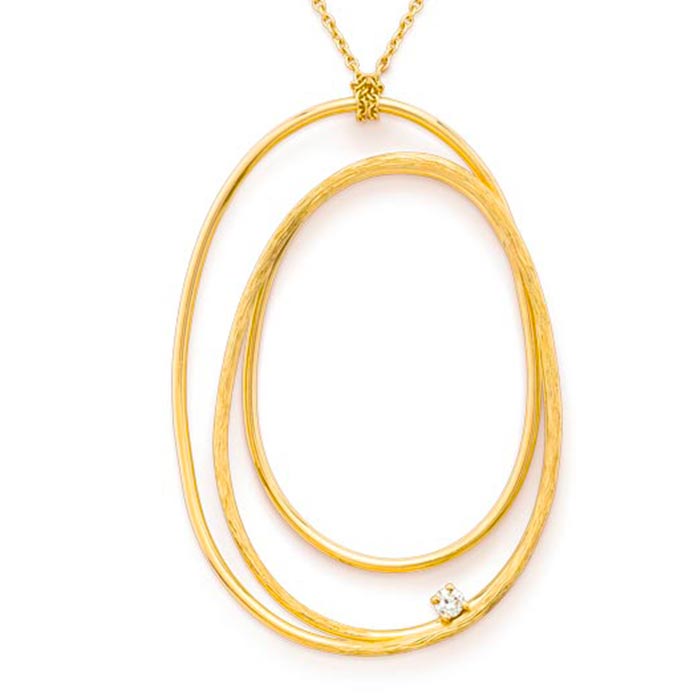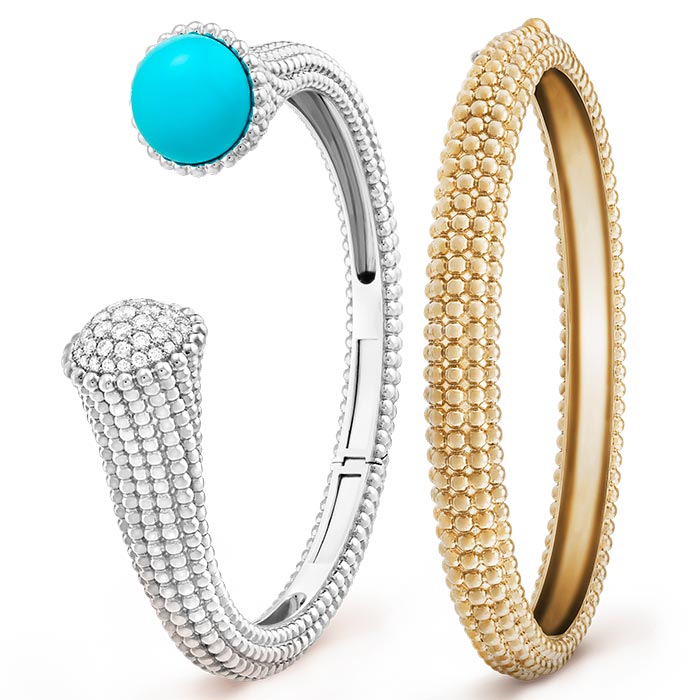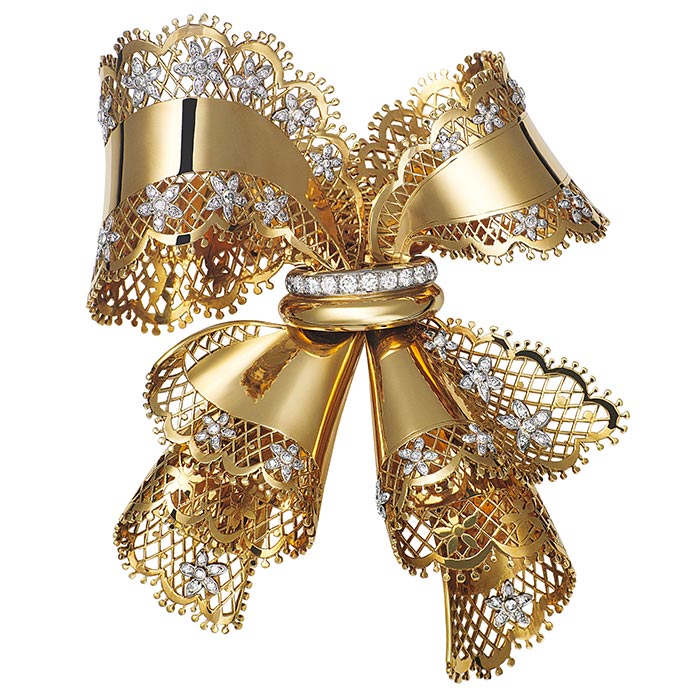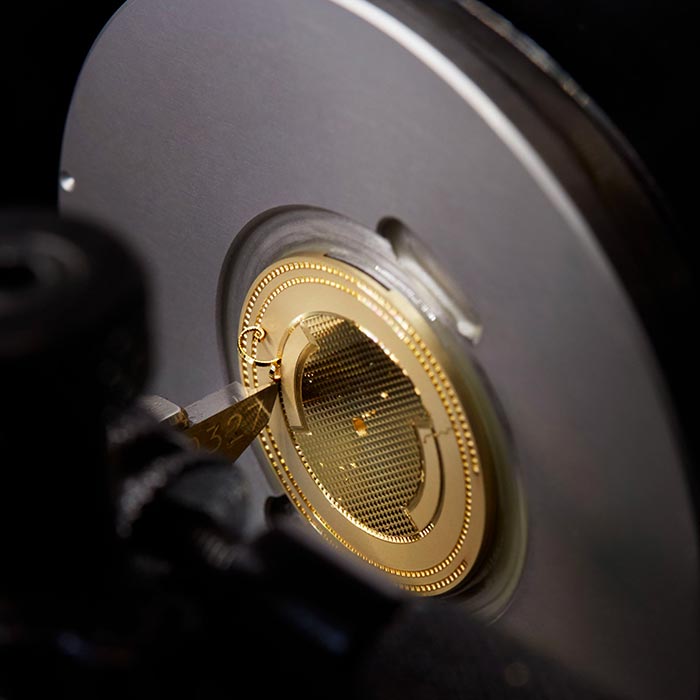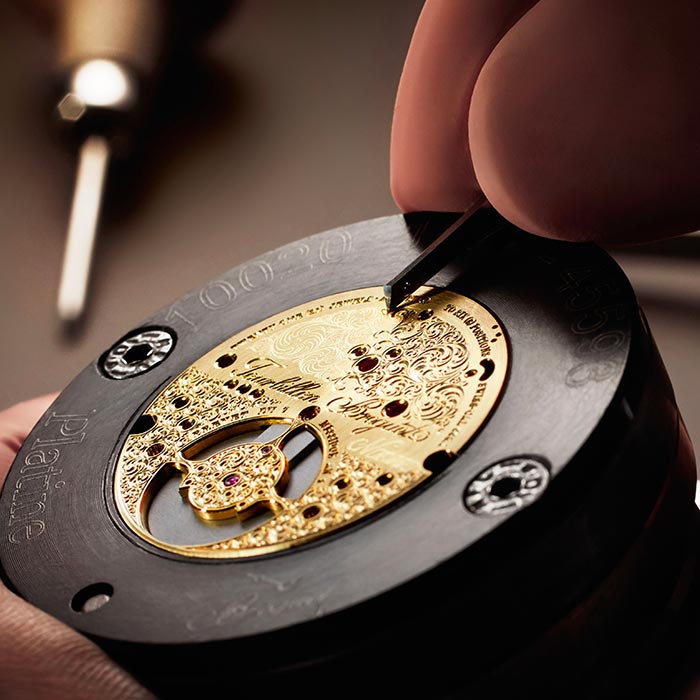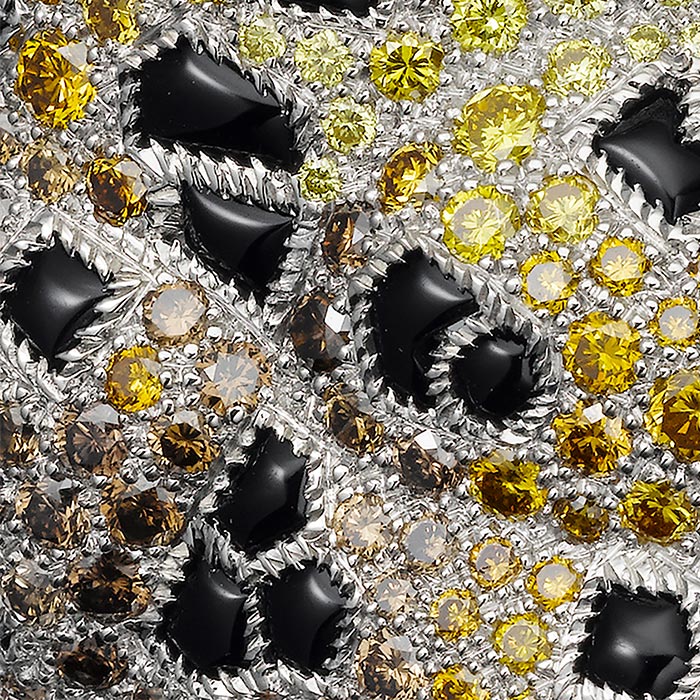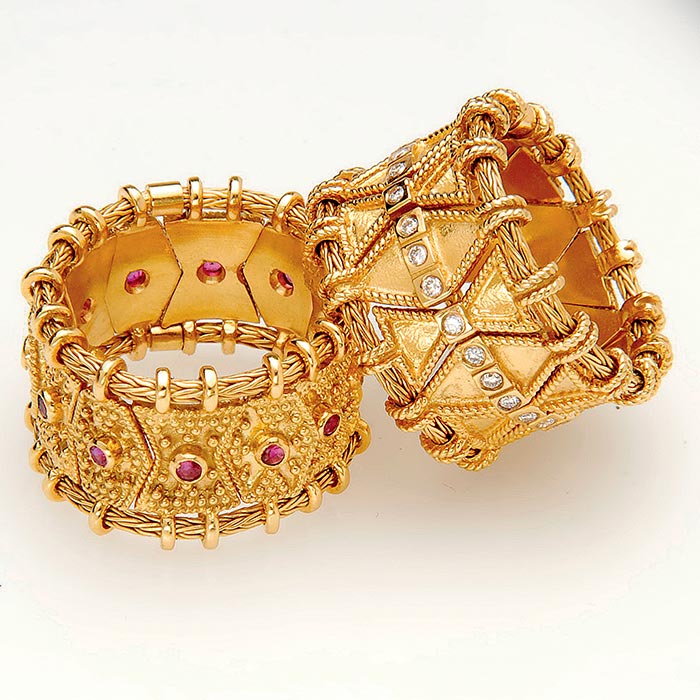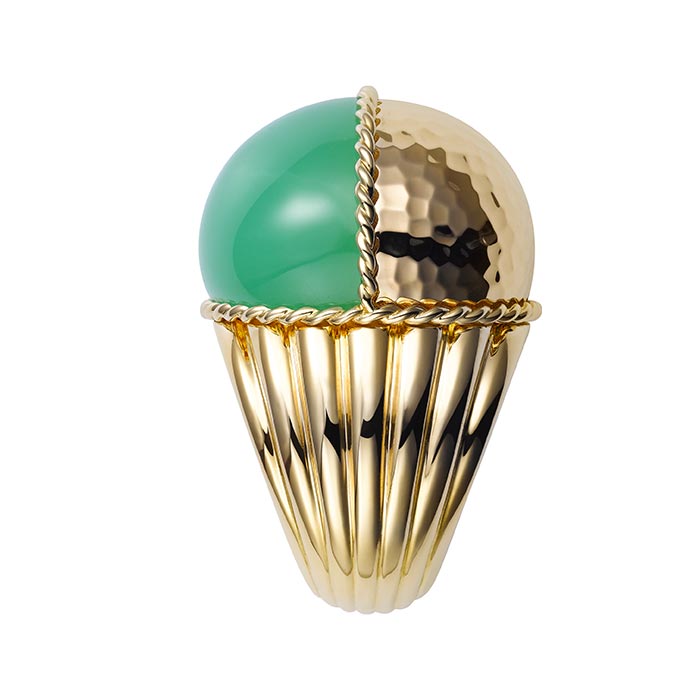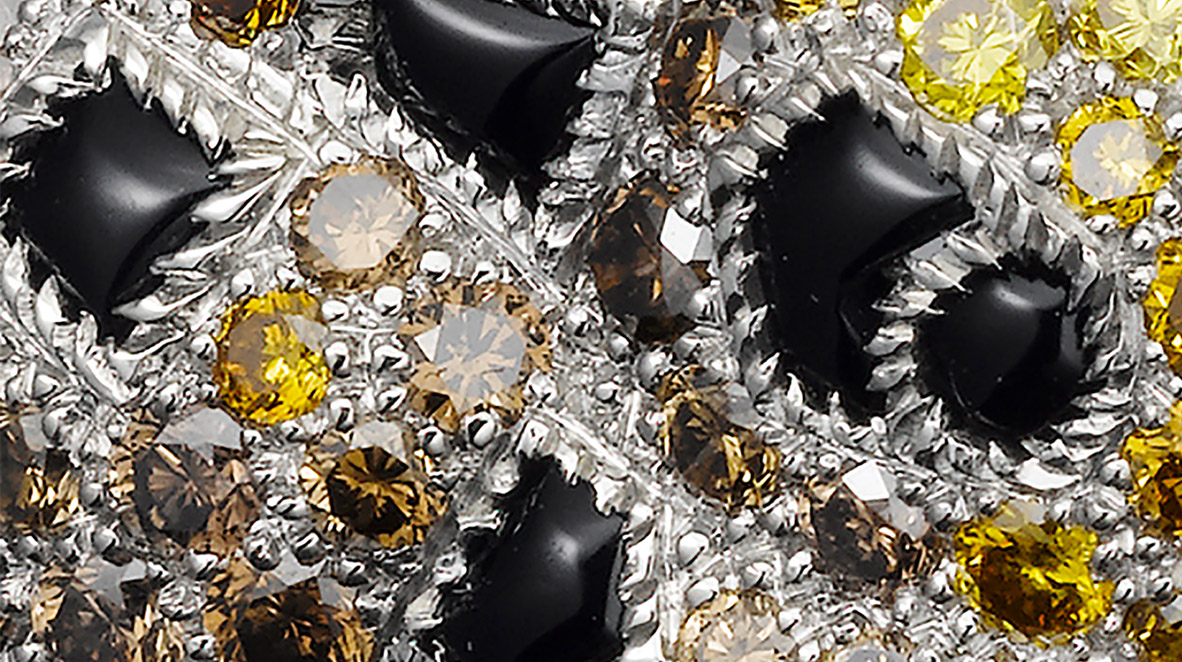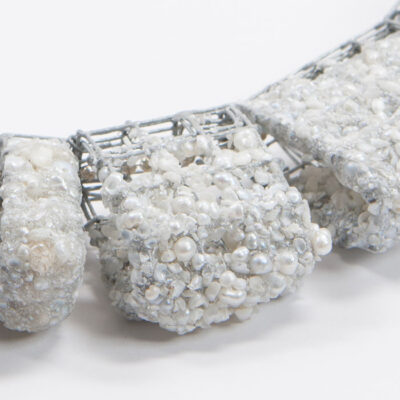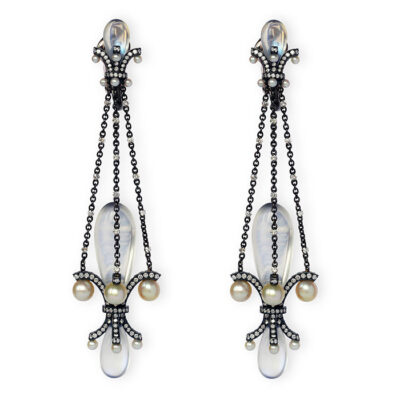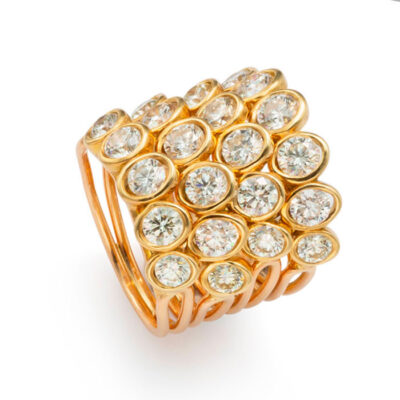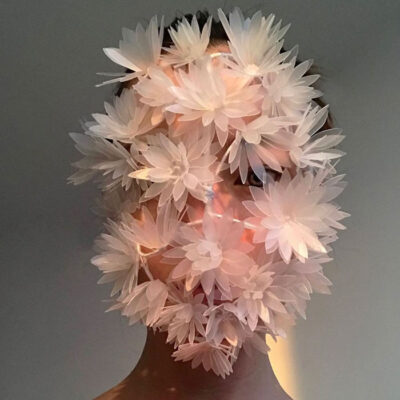Style
07 September 2022
Share
TFJP x Comité Colbert, the savoir-faire and métiers of gold jewelry
When it comes to creating jewelry, gold is the obvious choice. But how much do you know about the countless métiers, savoir-faire and techniques related to this precious metal? Together with the Comité Colbert, TFJP takes a tour of these professions, some of which are on the verge of extinction…
By Sandrine Merle.
Yellow, green, red, pink… where does the color of gold come from?
If your white metal jewelry dates back to the beginning of the 20th century, it’s silver or platinum – white gold did not exist until later. Its development, thanks to an alloy of 75% pure gold, copper, nickel and zinc, dates only from the late 1920s. Depending on whether it is mixed with more or less nickel, platinum, copper, zinc or palladium, pure gold becomes red, purple, blue and even green like the version used by Mellerio to make leaves.
How do you get a mirror finish?
As each piece leaves the workshop, no roughness, scratches or soldering marks are tolerated: you have to be able to see your own reflection! “A failed polish can devastate a piece,” says jeweler Lorenz Bäumer. “It requires great patience and meticulousness, nothing can be overlooked – even things you can’t see…”. It means going into the smallest nooks and crannies, keeping the angles sharp or magnifying the perfect roundness of the pearls: for this, the polisher has a battery of tools such as emery cloth, sandpaper, cotton brush, round wires coated with an abrasive paste or even Scotch-Brite!
Have you heard of guilloché?
When gold is not polished, it can be textured: hammered, sandblasted, brushed or guilloché. Using a chisel or a scoop, the craftsman removes material and finely engraves the metal, creating guilloche marks – a set of lines and curves that intertwine or intersect symmetrically. Breguet has made this technique its signature and has been using it since 1786 because, in addition to the esthetic angle, it also has a functional aspect: it’s anti-reflective and anti-scratch, and also demarcates the reading zones on a dial. On the Classique Chronométrie 7727, there are up to six different zones.
Why is this Van Cleef & Arpels gold lace brooch rare?
This sublime knot brooch from the 50’s is a marvel – a piece of a kind they don’t make any more … or only very rarely. The knotwork is handmade by drilling with a fret saw as thin as a wire and as tight as a bow. The metal is first pierced on a marker inside the area to be cut so that the saw can be passed through and the up and down movement can begin. In the past, this disappearing trade (like polishing) was mostly done by women.
Are the chains still hand-made?
In the 70’s, France was a champion in this field with a chainmaker of excellence: Georges Lenfant. Traditionally, gold wire was wound on a mandrel (a cylindrical piece of metal) to make strictly identical links in the shape of a V, a grain, oval and flattened, assembled one by one or two by two… Assembled, they formed a chain without beginning or end, that slid between the fingers. Since the industrialization spearheaded by the Italians in the 70s, this craft has completely disappeared.
How many types of setting are there?
In reality, there are a thousand ways to shape gold so that it can hold gems. Some of the more classic ones are the claw setting, the closed setting, the grain setting, the snow setting, etc. Among the lesser-known is the “serti dressé” also called Georgian setting, for example. The possibilities are limitless, because even this part of the jewel can be personalized: Cartier chisels the metal nanowires to mimic the coat of its favorite animal, the panther.
The return of the “serti dressé” (also called Georgian cut-down setting)
What are the best combos?
There is no limit to the art of combining techniques. Among the most classic pairings are mirror polish versus satin finish. The oldest combination still carried out today by the Greek Zolotas – filigree and granulation – is done with smooth, twisted, textured gold threads, which are affixed to the metal and then associated with tiny gold grains. “Filigree is one of the few techniques that cannot be done by machine,” notes jewelry expert Olivier Baroin. Anything is possible… At Boucheron, the four colors of gold come in bright polished, godronned or flattened diamond tips. On the Cartier ring, the hammered gold is separated from the godronned version using braids.
Behind these highly technical terms lie marvelous savoir-faire, often reserved for high jewelry and sometimes completely forgotten. It’s therefore crucial to preserve them by continuing to teach them, pass them on and to bring them to life in contemporary creations.
Comité Colbert is a 1901 law association that brings together more than 100 members representing French luxury. Its mission is to passionately promote, patiently transmit and sustainably develop French savoir-faire and creation in order to infuse a new sense of wonder.
Related articles:


